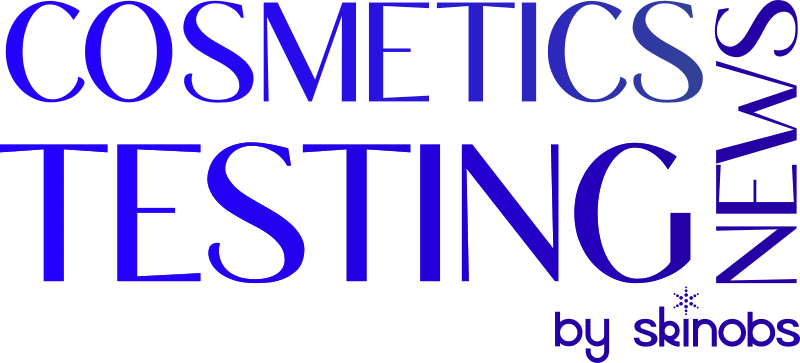As demand for sun protection and urban defense cosmetics grows, claims related to SPF and blue light protection have become key differentiators. However, to ensure credibility, these claims must be backed by robust scientific substantiation.
So how can brands demonstrate reliable SPF values and blue light protection efficacy?
Substantiating SPF Claims: A Standardized Approach
Testing for sun protection factor (SPF, UVA, UVB) is highly regulated through international standards.
Objectives of SPF Testing
- Define the level of UVB protection (responsible for sunburn).
- Assess UVA protection, linked to premature skin aging.
- Provide comparable results across products and markets.
Testing Approaches
- In vivo: application on human skin followed by exposure to standardized UV light.
- In vitro: assessment of UV absorption and transmission through skin-like substrates.
👉 Combining methods ensures scientific reliability and regulatory compliance.
Blue Light Protection: An Emerging Challenge
Beyond UV, high-energy visible (HEV) light, commonly known as blue light, is gaining attention for its potential role in oxidative stress, pigmentation, and accelerated aging.
Current Challenges
- Lack of harmonized international testing standards.
- Wide variety of protocols (cell-based, ex vivo, in vitro).
- Growing consumer demand for digital protection claims.
Testing Approaches
- Spectral absorption analysis to identify active ingredients.
- Oxidative stress biomarkers to assess cellular impact.
- Pigmentation and imaging techniques to measure visible skin effects.
👉 Blue light protection remains an innovative but evolving area that requires further scientific standardization.
Regulatory and Marketing Implications
- SPF claims must strictly comply with established standards.
- Blue light claims should be supported by credible scientific evidence, even if no universal guidelines exist yet.
- Transparency and robust substantiation enhance consumer trust and brand credibility.
Conclusion
Claim substantiation for SPF and blue light protection is a growing priority in cosmetic science. While SPF testing is standardized and well-regulated, blue light protection still lacks harmonization.
👉 To stand out, brands must invest in scientifically rigorous, transparent substantiation strategies that align with both regulatory expectations and consumer trust.
Want to explore the latest insights on claim substantiation in cosmetics and keep up with regulatory developments?
➡️ Visit Skinobs for expert news, analysis, and resources.





